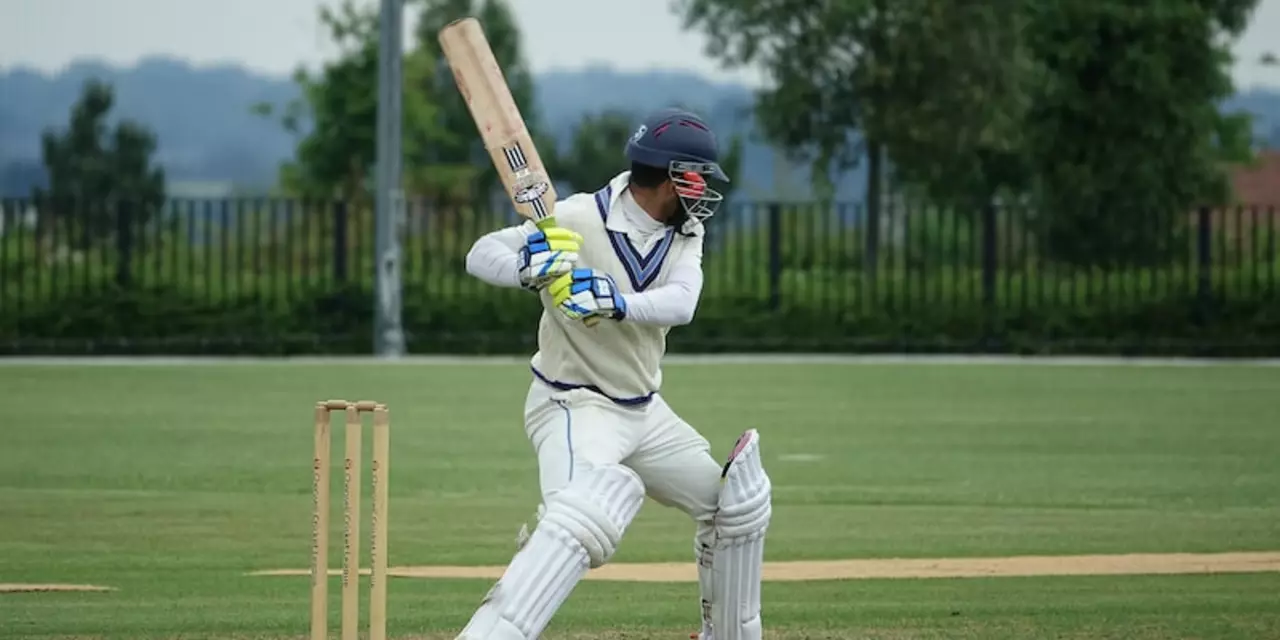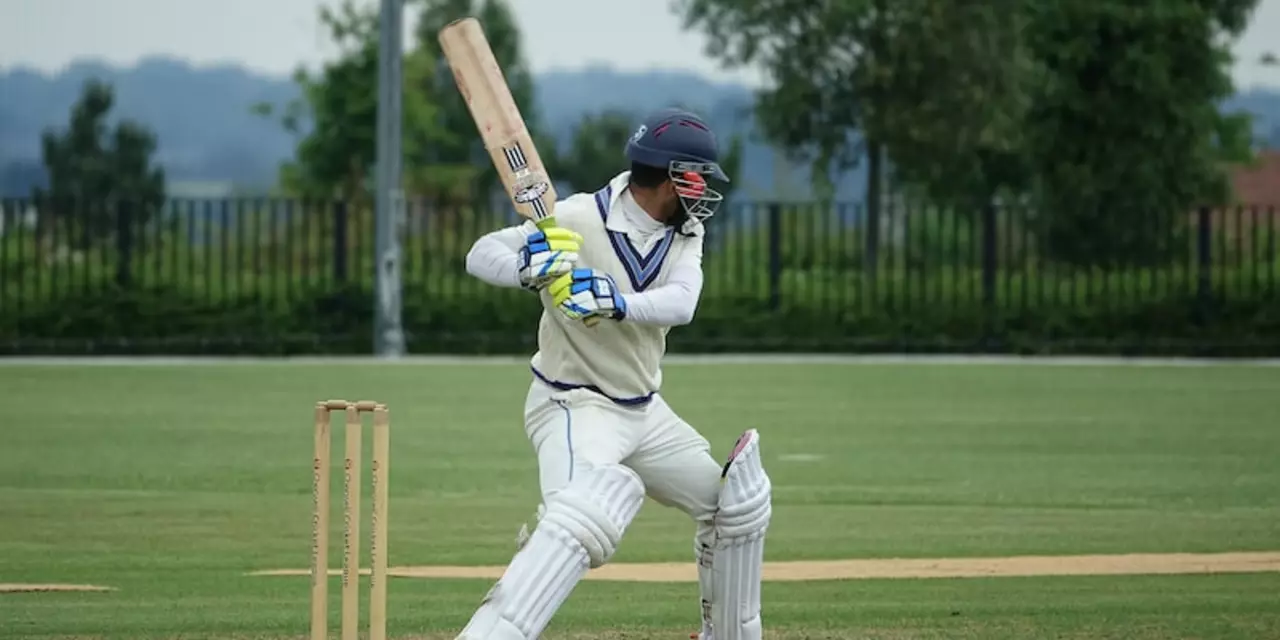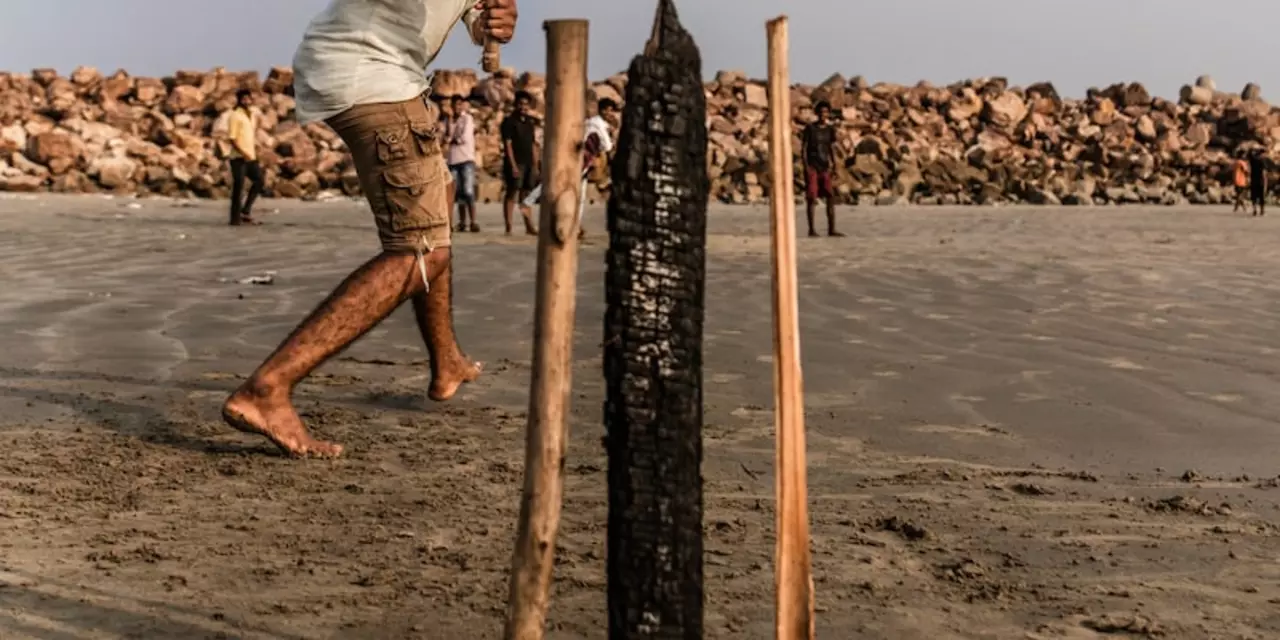All Things Cricket – Your One‑Stop Tag Hub
Welcome to the cricket tag page on Cricket Cup Central. Here you’ll find everything a fan might need – fresh match news, deep dives into the sport’s history, honest gear reviews, and even the best mobile games to play on the go.
Latest Cricket News & Updates
If you’re hunting for current happenings, our recent posts keep you in the loop. For example, the "Top 10 Offers of Cricket Wireless" piece breaks down the newest phone deals in a way that feels like reading a match commentary – clear, quick, and full of useful takeaways. Want to know which cricket game is the best on your iPhone? The "Which is the best cricket game for iPhone?" article names Real Cricket 20, explains the graphics, gameplay and multiplayer features, and tells you why it beats the alternatives.
Those who love historic angles can slip into the story of how India’s first cricket team formed. The post walks you through the 1926 birth of the BCCI, the 1932 debut test against England, and the early players that set the stage for today’s legends. It’s a quick read that feels like a chat with a veteran fan sharing anecdotes over tea.
Deep Dives: History, Gear and Games
Our tag also dives into the nuts and bolts of the sport. The article "Why there are three or more pitches in each Cricket ground?" explains why multiple wickets exist – from preserving the surface to providing different playing conditions – without any jargon. You’ll understand that the extra pitches are a strategic tool, not a random design choice.
Gear heads will appreciate the practical guide on unlocking an old LG Cricket phone. The step‑by‑step rundown respects the emotional weight of the task while giving clear instructions, making a potentially stressful process feel manageable.
History buffs can explore the profile of Roy Dias, the stylish Sri Lankan batsman of the 1980s. The piece covers his batting style, off‑spin, and coaching career after retirement, painting a vivid picture of a player who helped shape Sri Lanka’s rise on the world stage.
And if you’re wondering whether cricket is a fair sport, the "Is cricket unfair?" post tackles the debate head‑on, highlighting resource gaps between nations and how rule nuances can tip the balance. It’s a balanced take that encourages you to form your own opinion.
All these articles sit under the same cricket tag, so you can jump from a match recap to a historical deep‑dive with a single click. Each post is written in a conversational tone, so you never feel like you’re reading a textbook. Instead, it’s like a friend sharing the latest scoop while you sip your coffee.
Use the navigation on the side to filter posts by type – news, history, games, gear – or scroll down to see the full list. Whatever you’re after, the cricket tag on Cricket Cup Central is built to give you quick, useful answers without the fluff.
Got a question or a topic you want covered? Drop a comment on any article, and the community will jump in. Cricket is more fun when we talk about it together, and this tag page is your front‑row seat to the conversation.
What is the rule of Reserve Day in ICC Cricket World Cup?
The Reserve Day rule in ICC Cricket World Cup is an important factor for ensuring a fair and successful tournament. It allows for matches to be rescheduled in the event of adverse weather or any other unforeseen circumstance. The Reserve Day is always the day after the scheduled match and provides an opportunity for the match to be completed without disruption. This rule ensures that teams have adequate time to prepare for the match and eliminates any potential bias or favoritism. Additionally, the rule ensures that teams have an equal amount of time to practice and strategize for their opponents. Ultimately, the Reserve Day ensures that the ICC Cricket World Cup is a fair and competitive tournament.
Details +How to explain how to play cricket for someone from the US?
Cricket is a popular sport in many countries around the world, but it is unfamiliar to most people in the United States. This article provides a step-by-step guide on how to explain the game of cricket to someone from the US. It explains the basic rules and regulations of the game, the positions and roles of the players, and the equipment used. It also provides a brief overview of the different formats of the game and the most popular international tournaments. With this guide, you should have all the information you need to explain cricket to someone from the US.
Details +Can the US embrace cricket as a top 10 sport?
The article "Can the US embrace cricket as a top 10 sport?" looks at the potential for cricket to become a major sport in the United States. It examines the challenges of introducing the sport to the American public and the benefits that this could bring including an increase in TV viewership, sponsorships and merchandise. The article also looks at the potential of cricket to become a part of the Olympic Games and how the US could benefit from this. Finally, it considers the role of the International Cricket Council in promoting the sport in the US and their efforts to make this a reality. It concludes that cricket has a real chance to become a top 10 sport in the US, with the right support and dedication.
Details +How does the 4 shadow form in a cricket ground?
This article explains the formation of a 4 shadow in a cricket ground. A 4 shadow is created when the sun is at an angle low enough to cast four distinct shadows of a cricket pitch. The four distinct shadows are created by the wickets, the stumps, and the two sets of bails. The fourth shadow is created by the batsman's feet and the ball when in play. The 4 shadow is used by cricket players to determine the angle of the sun, and the direction in which the ball is being bowled. It is also a useful tool for fielders to help them position themselves for catching or fielding the ball.
Details +Is there any Tamil player in the current Sri Lankan cricket team?
The Sri Lankan cricket team has been a source of pride for many in the Tamil community for years. However, the current team does not contain any Tamil players. This is due to the fact that Sri Lankan cricket has become more focused on Sinhalese players in recent years. The lack of representation has been an issue for many in the Tamil community, who feel that their players should have a chance to compete at the highest level. Despite this, the team has still been successful, and the Tamil community has continued to support the team.
Details +Why is playing straight bat important while batting in cricket?
Playing a 'straight bat' is an important technique for batsmen in cricket. It refers to the positioning of the bat in relation to the body, ensuring that the bat is in line with the line of the delivery and is not angled in any direction. This technique helps the batsman to play shots along the ground, as well as defending the ball, reducing the risk of giving away a dismissal. It also allows the batsman to play the ball in the direction of the bowler, which can be beneficial in terms of scoring runs and dominating the game. Furthermore, playing with a straight bat is essential for controlling the power of the ball and increasing the chances of the ball bouncing off the bat safely.
Details +




